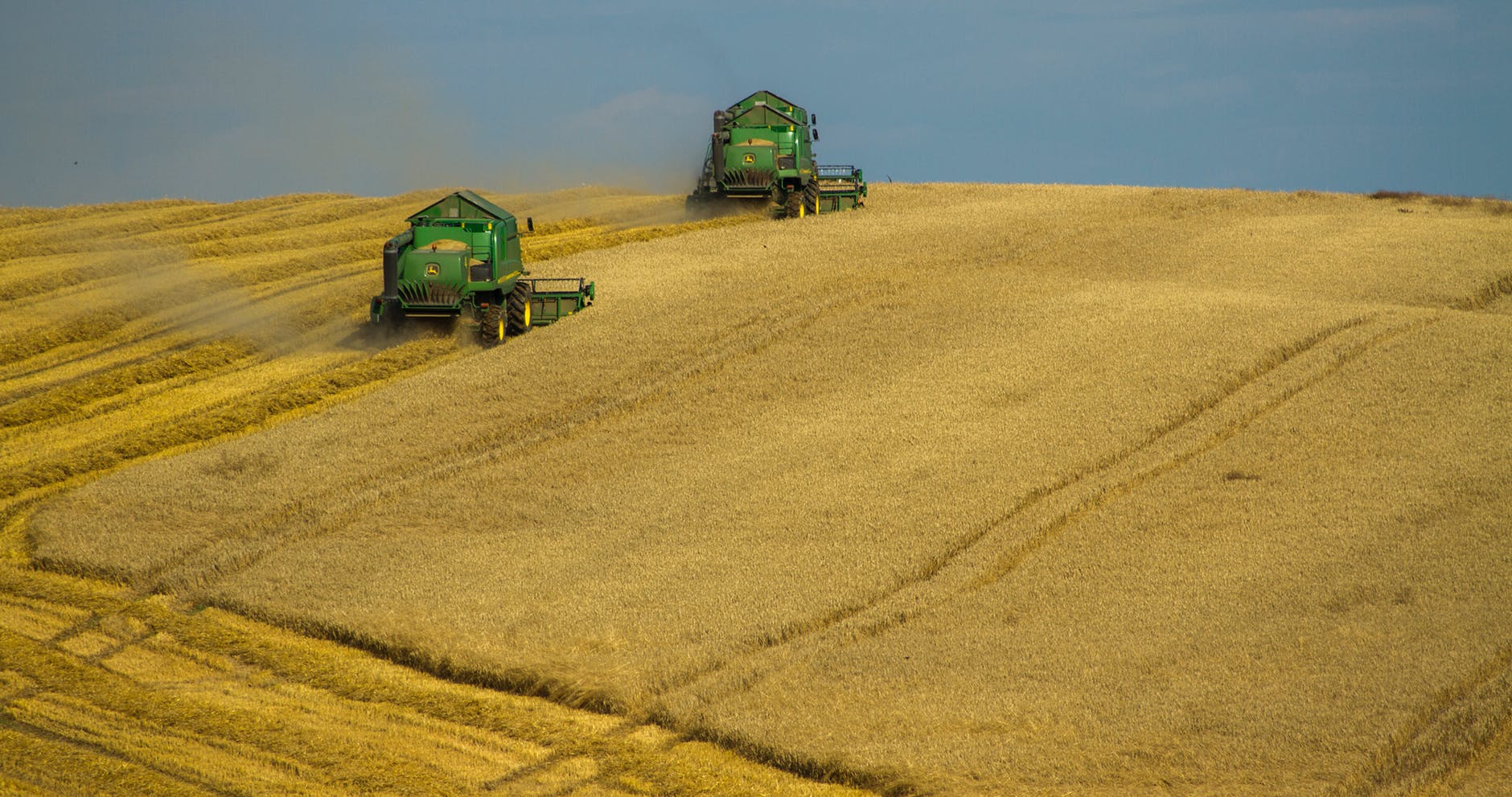Is California Still In Drought? California Drought Status & Predictions
Is California still in a drought?
Unfortunately, the answer is yes. As of April 2018, more than 28 million people in California are currently affected by abnormal dryness or drought. An overwhelming 65.9% of the state’s area is still affected by the California drought, with 13.77% in severe drought or worse.
This is according to Drought.gov, a website maintained by the National Oceanic and Atmospheric Administration’s (NOAA) National Integrated Drought Information System (NIDIS) program.
While this is tamer than the November 2015 California drought where 92.26% of the state is experiencing severe drought, this is still a cause for concern.
Back in February 2017, almost 62% of California was free of the effects of drought. In the period between 2011 and 2017, the citizens of California worked together to intensify and reinforce their water conservation habits.
Today, however, California’s citizens are using water the way they did before the California drought began. The Bay Area, for example, spiked its water use up to 32.5 percent.

According to MercuryNews.com, most reservoirs are still at average levels or near full of the high precipitation levels during winter last year.
However, rainfall totals around the state are only barely half of the average in Northern California this winter. And for Southern California, the number is only at about a quarter of average. That’s because last winter’s precipitation benefited Southern California less than Northern California.
Felicia Marcus, chairwoman of the water board, said that while one dry year doesn’t make a drought, the reservoirs are going to “drop like a rock when the growing season starts” if less
What’s does this mean for farmers in Central California?
While there’s no reason to be pessimistic, it’s still possible that the abnormal dryness will persist up to five years.
Here’s a list of tips that might help you conserve water for your farm:
- Adapt irrigation systems that conserve the most water, if it’s compatible with your operation.
- Avoid overwatering. Learn the water scheduling needs of your crops.
- Build a water storage system to contain water during irrigation system. Consider rain-collecting storage tanks.
- Increase the organic matter in your soil through compost. This will boost your soil’s water-holding capacity.
- Leave crop residue on your field. This will also boost your soil’s water-holding capacity.
- Plant crops that are better suited to dry conditions.
- Use water from deep aquifers instead of surface water.
For more information, contact us, click here.
